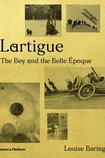
Jacques Henri Lartigue was one of the greatest photographic artists of the 20th century, but we very nearly missed him. It was not until 1963, when he was about to turn 70, that the Museum of Modern Art in New York put on his first major exhibition. It was a sensation, as they say; here was a collection of masterworks dating back to the turn of the century that for decades had been known only to a handful of people, but that now were given to the world. “It was one of the most moving experiences of my life,”’ Richard Avedon said of the MoMA show.
Of course, it wasn’t quite that simple. In the same way that Henri Cartier-Bresson prized his own never-more-than-mediocre drawings over his photography, so Lartigue liked to think of himself as a painter who amused himself by taking amateur photographs. He had the dilettante’s disdain for careerism – “I detest those who become painters [and photographers too, no doubt] as one does a telegrapher or a baker”– and fostered the notion of himself as the “primitive” that John Szarkowski, the curator who put on the 1963 MoMA show, had taken him to be.
Lartigue was born in 1894, the son of a rich industrialist father – also a camera enthusiast – and an adoringly indulgent mother. The family divided its time between a fine Parisian townhouse and a chateau in Normandy. Young Jacques, as he was then (he added in his father Henri’s name later), was given a present of his first camera when he was eight, and immediately began to take photographs, many of which, early as they were, are a significant part of his oeuvre.
He was, as Louise Baring notes, “a sensitive child who became a lifelong spectator”. He had a positively uncanny dedication to the pleasure of being, and of seeing, and photography was a way for him to stay the fleeting hour. As one critic wrote of him, “the keynote [of his life] was happiness and insouciance”. Even a serious attempt on his father’s life by a business rival left him seemingly unmoved.
“Does hiding one’s head in the sand like an ostrich mean being happy?” he wrote. “Yes! Then let’s hide our heads in the sand.”
By his own account he was a photographer avant la caméra. At the age of six or seven he hit on the “eye-trap . . . an invention straight from fairyland”, as he said. “I open my eyes, then shut them, then open them again, then open them wide, and whoosh! I catch the picture with everything in it: colours! Actual size! And what I see is living things that are moving and feeling.”
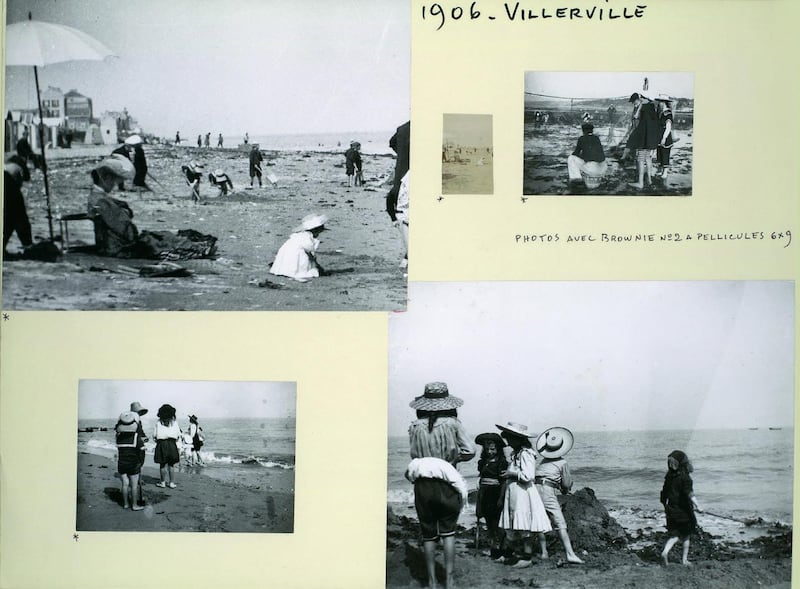
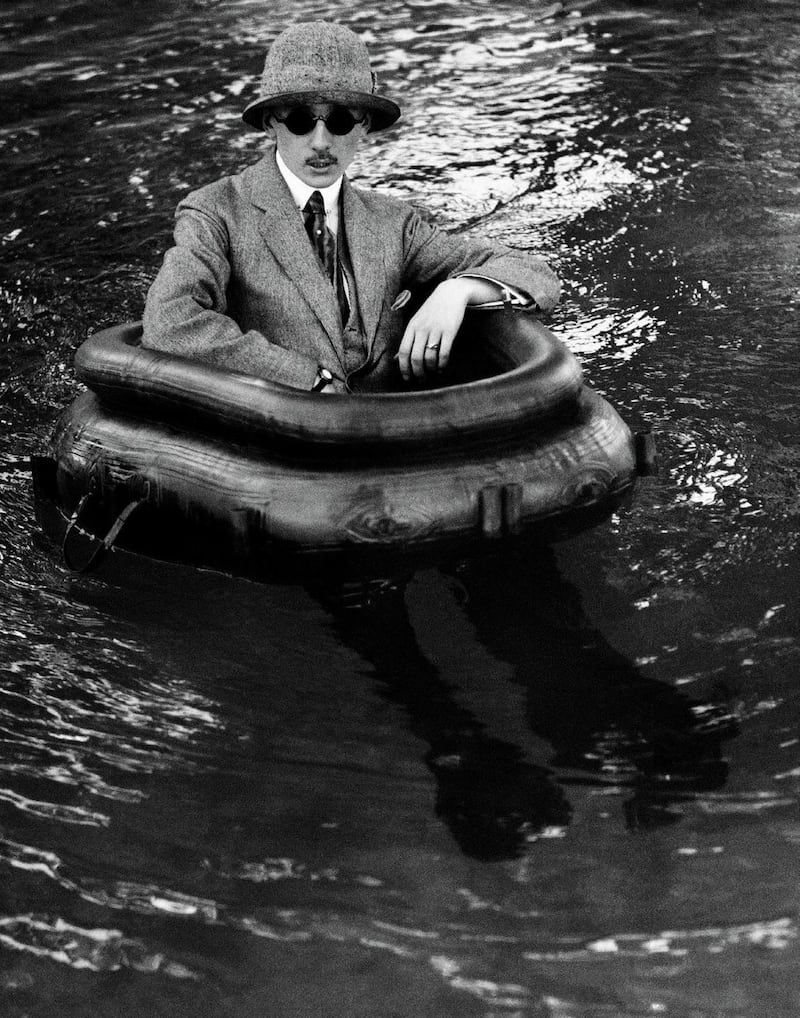
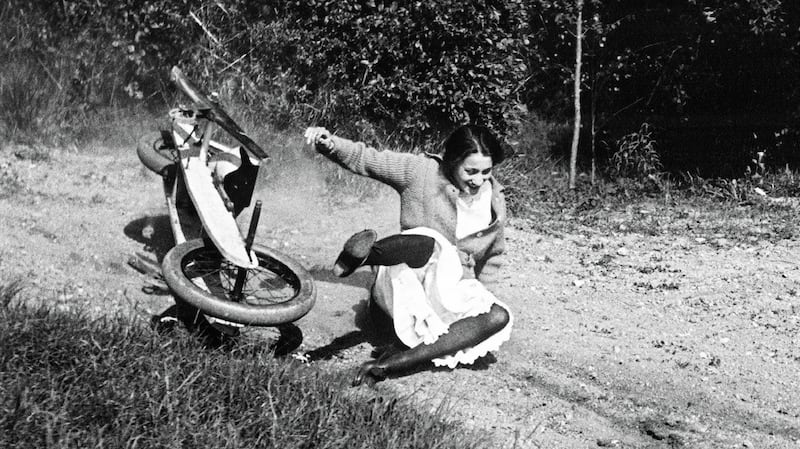
The photographs in Baring’s delightful book are a testament to Lartigue’s intense love of the world and the pleasures it affords. They all date from the period between 1902 and the outbreak of the Great War, which brought the Belle Époque to an end with a very loud bang. Times had been good, or had seemed so, in what the German satirist Karl Kraus called “the last days of mankind”. And no one enjoyed them more, it seems, than the French, and no one caught them so vividly as Lartigue.
“Every lovely, curious, strange or interesting thing gives me such pleasure that I am mad with joy! Even more so, since I can preserve so much, thanks to photography!” Lartigue was, it might be said, an embodied exclamation mark.
The early photographs, recording prewar haut-bourgeois life in Paris, and in the holiday resorts along the Normandy coast, might be used to illustrate Proust’s In Search of Lost Time – bafflingly, Baring suggests “their work had little in common” – but they also catch the fascination with movement and speed that marked the period. The motor car was still a relatively new wonder, while the Wright brothers in America and Louis Blériot in France were taking to the skies. Some of Lartigue’s most thrilling photographs feature flying machines.
However, the period is characterised most vividly in its haute couture. The women whose images Lartigue captured – the “great ladies”, the famous actresses, the cocottes, the demi mondaines – jogging in Parisian streets and along the paths of the Bois de Boulogne, in their “outrageous and beautiful hats”, are at once absurd and captivating. The most famous of these photographs, of three society dames at the races at Auteuil in 1911, inspired Cecil Beaton’s costume designs for the film of My Fair Lady.
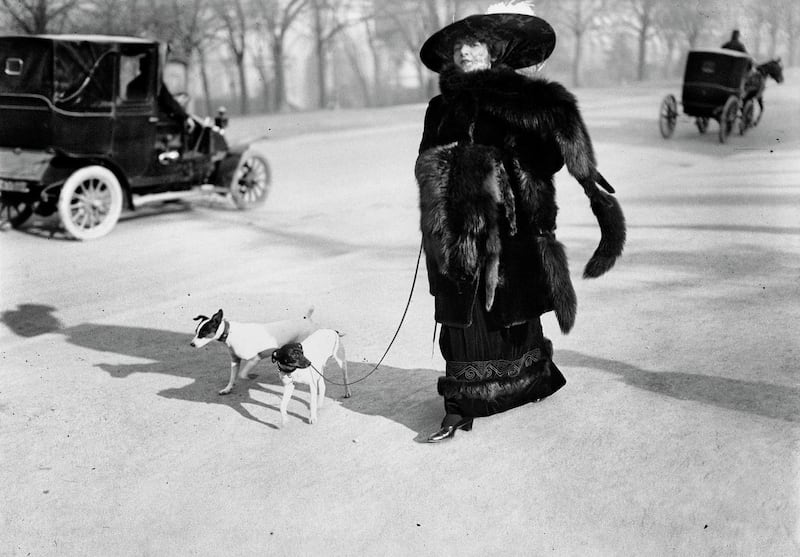
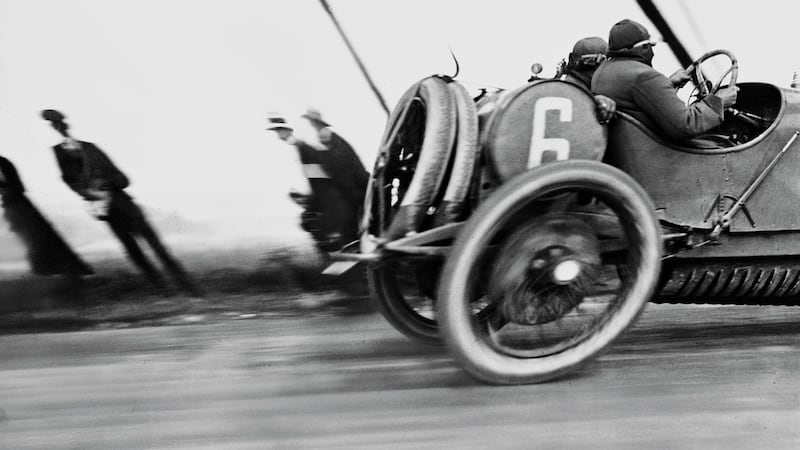
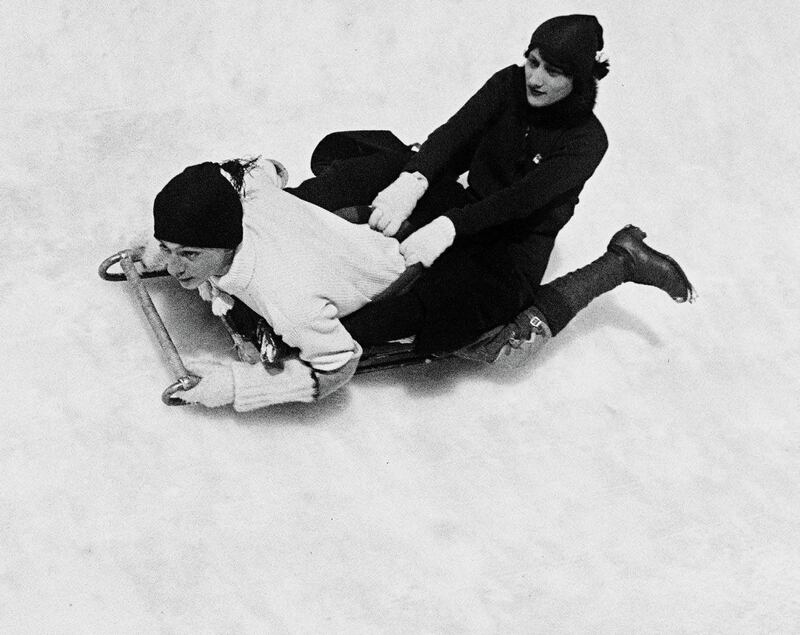
It couldn’t last, and August 1914 brought down the final curtain. However, Lartigue’s joie de vivre was proof even against a world war. Only weeks after the death in battle of his close friend Raymond van Weers, the photographer confided to his diary that: “I have no right to say I am enjoying myself in the midst of a cataclysm, but I have even less right to lie by saying to the contrary.”
Yet the camera speaks its own truth. In the final photograph in Baring’s book, Lartigue’s brother and the aviator Alberto Santos-Dumont, in a rowing boat at sea on a misty day in 1914, might be setting out across the Styx.
















